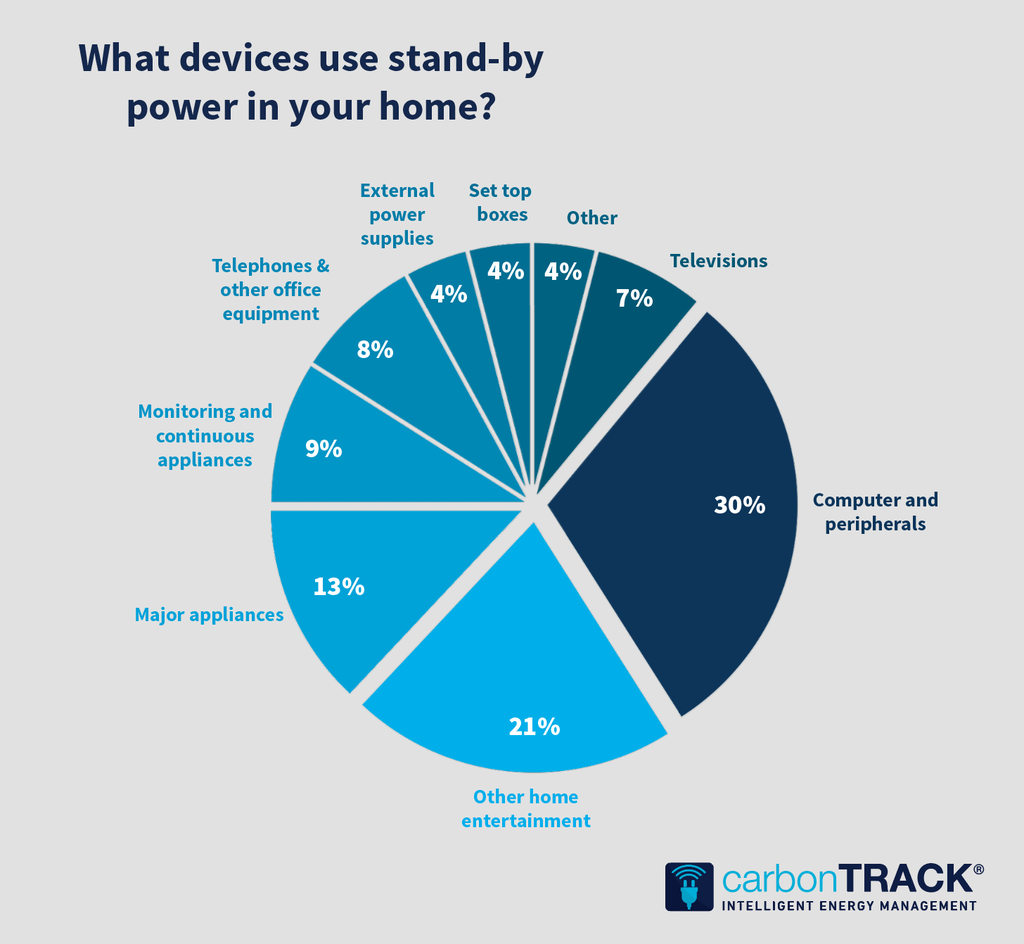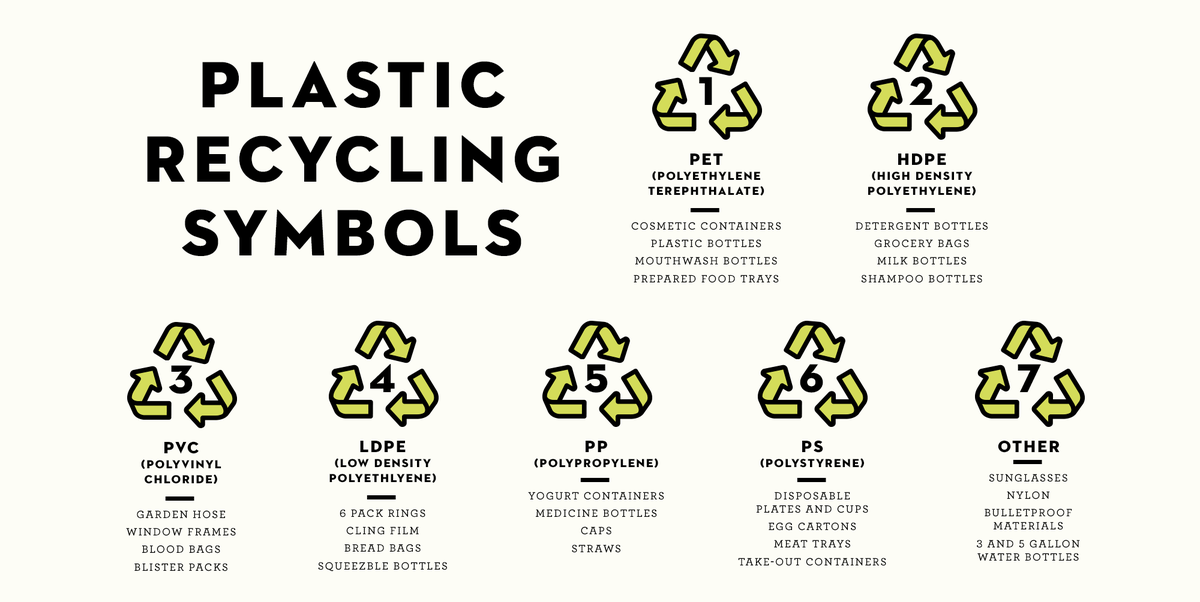Halloween is a fun-filled holiday full of candy, costumes, and decorations. These are the things that make it the most fun, but sustainability is often not taken into account during this holiday. It has led to overconsumption of plastic in every shape and form. The average cost a person spends on the holiday is $102.74 per person this year and it has been on a constant rise. (Snider, M) The more people are spending on the holiday means there is more plastic waste going into landfills.

A big part of Halloween is trick or treating. As children, we would dress up as our favorite character or an animal and go trick or treating with your family. As college students instead of trick or treating we usually go door to door looking for Halloween parties. This year, 69% of adults have already picked out their costume (Snider, M.). Most costumes are bought brand new from either a Halloween store or from Amazon. After the holiday is over, the costumes get sent to Goodwill or just thrown in the trash. Halloween has become one of the most wasteful holidays because of the increase of costumes. In 2019, costumes contained 82.5% plastic. (Rose, C.) Instead of buying costumes brand new, there are plenty of ways to reduce the consumption of plastic on Halloween. Oftentimes you can find a costume around your house. Cardboard is a useful material for many costumes. Were you ever a fan of Minecraft? Become Steve for Halloween. The tin man, a lego block, basically any object can be made out of cardboard. Not only is it a money saver, but it cuts down on waste. Boxes not your thing? Look at your clothes and try to find a character you can dress up as. Another alternative is to look at thrift stores for your costumes. It is also cheaper than buying a brand new costume each year and you could find something unexpected. A bonus would be dressing up as an environmental character, such as the Lorax (he speaks for the trees).
Along with dressing up in costumes, a lot of people decide to dress up their houses as well. Having the Halloween spirit is certainly worth it, but it is also important to try to find eco-friendly products to decorate with. Try being creative with what’s already in your house. Cardboard from boxes can be made into tombstones or coffins and all you need is a pair of scissors and some paint. If you do decide to buy decorations, try and buy decorations that are going to last. Saving money and not having to worry about what decorations you want next year are just a couple of the pros. A lot of decorations can be revamped if you want to add a little more fun to your Halloween decorating. If you are looking for easy diys for indoor decorations, the internet is always a place to start! There are a lot of creative ideas on Pinterest or the internet and all you need is a quick google search and some everyday trash items that are already in your house.

Trashing your house might be on your mind during Halloween if you are a college student. If you are not throwing a party then you are most likely going to one. Parties are often full of wasteful items because there are a lot of people and oftentimes sustainability is not on the party throwers mind. However, while buying soda try opting for aluminum cans or glass bottles. Red solo cups are so last season and they are not a friend of the environment. If everyone in your house is comfortable with it try offering a buffet style instead of offering everyone individually packaged snacks. For the amount of party goers on Halloween it will be worth it if your party ends up being the best (and most sustainable) party.
Halloween is a food focused holiday. The pumpkins, the apple cider, and the candy! Every where you look on Halloween you will see food. With the increased amount of food, we also see an increase in the amount of waste. Pumpkin picking and carving is seen as a family tradition around the time of Halloween and oftentimes people don’t know what to do with the pumpkins afterwards. In the UK alone around 18,000 tons of pumpkins are thrown away each year. (Are Halloween Pumpkins a problem for the planet?) This adds to the already huge amount of global food waste that is created each year. Rather than throwing it in your garbage, find a local compost site. At the University of Wisconsin – Whitewater, we are having a pumpkin smashing event where all the pumpkins go right into our Campus Garden’s compost! All of our information is on our Linktree! If you can’t find one, then try becoming an expert chef and finding a recipe that uses pumpkin. You might even become a fan favorite at your Thanksgiving or Halloween celebration. Pumpkins aren’t the only antagonist in the equation. Candy is often packaged in plastic and handed out by the boatloads. If you plan on giving out candy try to find ones that come in eco-friendly packaging (cardboard or foil are both recyclable). Or hand out items that don’t have packing, perhaps healthy options such as apples or bananas. However, if you don’t want to be seen as “that house” then make some Halloween popcorn balls or rice Krispie treats to hand out!

Halloween is all about fun, and taking the time to bring Sustainability in your Halloween festivities can be a way to make it more fun. Making memories with your family by painting decorations or creating a new recipe to share with your friends and roommates is one way to create a special memory for everyone. Being eco-friendly is not just about being sustainable, it often gives you more opportunities to appreciate what you have and how you can make it better. Have a Green Halloween everyone.
Sources:
Are Halloween Pumpkins a problem for the planet? World Economic Forum. (2019,
October 30). Retrieved October 28, 2021, from https://www.weforum.org/agenda/2019/10/halloween-pumpkins-food-waste-energy/.
Halloween plastic waste – Unwrap an alternative. Recycle Track Systems. (2020, October 22). Retrieved October 22, 2021, from https://www.rts.com/blog/reduce-your-halloween-candy-plastic-waste/.
Rose, C. (2019, October). Halloween Clothing & Costumes Survey 2019. Retrieved from
Snider, M. (2021, September 22). Americans will spend a record $10 billion on Halloween candy, decorations and pet costumes. USA Today. Retrieved October 22, 2021, from https://www.usatoday.com/story/money/shopping/2021/09/22/halloween-costumes-2021-candy-decorations-spending-record/5816767001/.
World Wildlife Fund. 10 Green Halloween Tips. WWF. Retrieved October 22, 2021, from https://www.worldwildlife.org/pages/10-green-halloween-tips.

